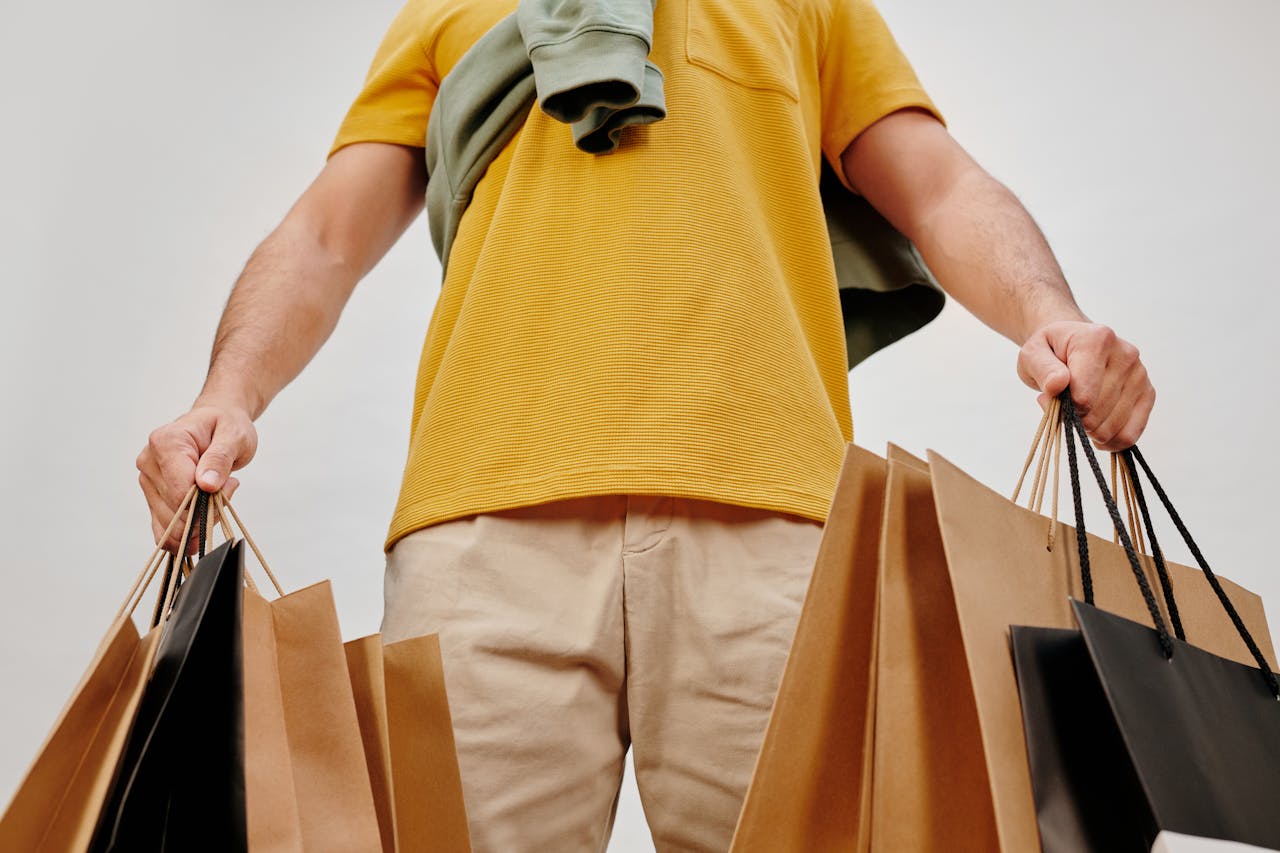“Buy One Get One” deals—often called BOGO—are everywhere in grocery stores, from the bakery aisle to the freezer section. They promise double the product for the price of one, making them seem like a no-brainer for anyone looking to save money. But are these deals always as good as they look? Many shoppers end up spending more than they planned, falling for clever marketing tactics hidden behind the BOGO label. Understanding the real cost of these offers is crucial if you want to keep your grocery budget in check. Let’s break down six common “Buy One Get One” tricks that can actually cost you more in the end, and how you can avoid them.

1. The Temptation to Overbuy
BOGO deals are designed to make you buy more than you need. When you see a “Buy One Get One” sign, it’s easy to convince yourself that you’re getting a bargain, even if you don’t actually need two of the item. This often leads to overbuying, especially with perishable goods like bread, dairy, or produce. If you can’t use both items before they expire, you’re essentially throwing money away. Instead, ask yourself if you truly need the extra product or if it will just end up in the trash. Being mindful of your actual needs can help you resist the urge to overbuy, even when the BOGO deal looks irresistible.
2. Inflated Original Prices
Retailers sometimes raise the original price of an item before offering a BOGO deal, making the “savings” less impressive than they appear. For example, a product that usually costs $3 might be bumped up to $4 just before a BOGO promotion, so you’re not really getting two for the price of one—you’re getting two for the price of one and a half. This pricing strategy is common in both grocery and retail settings, and it can be hard to spot unless you pay close attention to regular prices. To avoid falling for this trick, keep track of the usual prices of your favorite items or use price comparison apps to check if the BOGO deal is truly a bargain.
3. Lower Quality or Smaller Sizes
Sometimes, the products featured in BOGO deals are of lower quality or come in smaller packages than usual. Brands may use BOGO promotions to clear out inventory of less popular flavors, soon-to-expire items, or downsized packages. You might think you’re getting a great deal, but if the product is smaller or not as good as what you usually buy, the value isn’t as high as it seems. Always check the package size and expiration date before grabbing a BOGO item. If the deal is on a product you wouldn’t normally buy, it might not be worth it, no matter how tempting the offer.

4. Restrictions and Fine Print
Many BOGO deals come with restrictions that can catch you off guard at checkout. For example, some offers require you to buy two identical items, while others only apply to certain sizes or flavors. There may also be limits on how many deals you can redeem in a single transaction. If you don’t read the fine print, you could end up paying full price for an item you thought was included in the deal. Always read the details on the shelf tag or coupon before adding BOGO items to your cart. This simple step can save you from unexpected costs and frustration at the register.
5. Encouraging Brand Loyalty Over Better Deals
BOGO promotions are often used to steer shoppers toward specific brands, even when better deals are available on similar products. You might pass up a generic or store-brand item that’s cheaper per unit because the BOGO deal on a name brand looks more attractive. In reality, you could be spending more overall by sticking to the promoted brand. To avoid this trap, compare the unit price of the BOGO item with other brands and sizes. Sometimes, the best value isn’t the one with the flashy “Buy One Get One” sign.
6. The “Buy More to Save” Illusion
BOGO deals can create the illusion that you’re saving money by buying more, but this isn’t always true. If you wouldn’t have bought the item at all without the promotion, you’re actually spending more, not less. This is especially true for non-essential or impulse items. Marketers know that the promise of a free product can override your usual spending habits, leading you to make purchases you didn’t plan for. Before taking advantage of a BOGO offer, ask yourself if you would buy the item at full price. If the answer is no, the deal probably isn’t saving you money.
Smarter Shopping: Make BOGO Work for You
The next time you see a “Buy One Get One” deal, pause and consider whether it truly aligns with your needs and budget. BOGO offers can be valuable if you’re strategic—buying only what you’ll use, checking for inflated prices, and comparing unit costs. By staying alert to these common tricks, you can avoid overspending and make every dollar count at the grocery store. Smart shopping isn’t about chasing every deal; it’s about knowing which ones actually help you save.
What’s your experience with BOGO deals? Have you ever spent more than you planned because of a “Buy One Get One” offer? Share your stories in the comments!
Read More
BOGO Shopping Secrets: Tips and Tricks for Savvy Shoppers
The Ultimate Guide to Finding the Best BOGO Deals
The post 6 “Buy One Get One” Tricks That Cost You More in the End appeared first on Grocery Coupon Guide.







